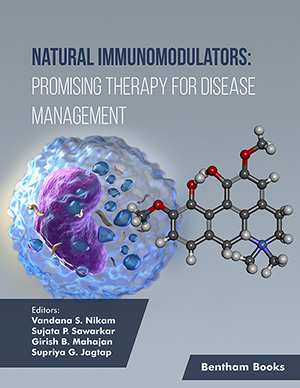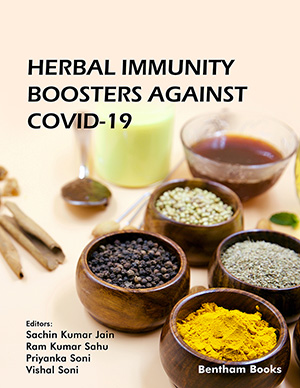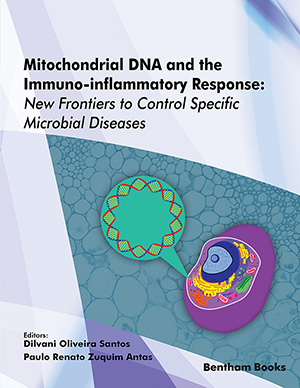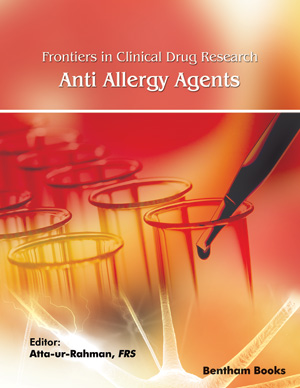
Abstract
Diagnosis and treatment of hypersensitivity to Hymenoptera venom took a landmark step forward in the late 1970s with the introduction of venom as an adequate material instead of whole body extracts. Since then, venom immunotherapy (VIT) has provided allergic subjects with a complete protection from fatal anaphylaxis and prevented about 90% of all reactions to stings. The cross-reactivity among some venom components, particularly important in the case of cross-reacting carbohydrate determinants, has often made it difficult to recognize the true causative venom to be used in VIT. Recently, the introduction of purified and recombinant allergens, such as Api m 1 from honeybee venom, Ves v 5 from yellow jacket venom, and Pol d 5 from wasp venom, have allowed a more precise diagnosis with identification of the causative venom component. This paves the way for a patient-tailored VIT in the near future. Another issue which needs to be addressed is the improvement in the safety of VIT with honeybee venom, which is significantly less favourable in comparison to vespid venom. A number of molecular approaches are under investigation in order to achieve this objective. Alternative routes of administration, such as the sublingual and the intralymphatic, have also been proposed, but there are not yet sufficient data available to demonstrate their feasibility. This review also presents patents on new trends in therapies for the management of hypersensitivity to hymenoptera venom.
Keywords: Hymenoptera venom, honeybee, vespids, allergens, cross-reactivity, venom immunotherapy, efficacy, safety, DNA vaccination, Recombinant allergens, phospholipase A2, Sublingual immunotherapy
 19
19



















